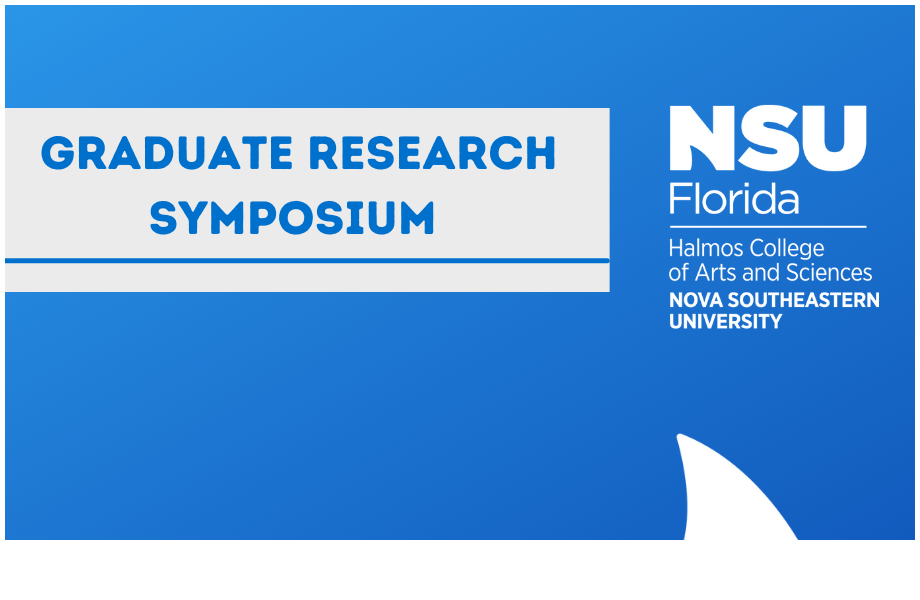Title
Effects of Age and Mass on Oxygen Store Development in Phocid Seals
Location
Guy Harvey Oceanographic Center Facility
Start
1-31-2018 4:15 PM
End
1-31-2018 4:30 PM
Type of Presentation
Oral Presentation
Abstract
Phocids have large oxygen stores that result in prolonged diving capabilities. Pups do not have fully developed stores at birth for diving and foraging and require a terrestrial post-weaning fast to develop adequate oxygen. A review of previously published data of various oxygen components in three high latitude phocid species, gray, harbor, and northern elephant seals, was conducted. Overall, there were species specific hematological differences. Combined, the effects of age and weight on oxygen were not significantly different between gray and harbor seals, although there were individual effects. Analyses of variances (ANOVA) indicates weight had a significant (p<0.05) effect on blood oxygen stores in gray seals while age class did not. In contrast, age had a significant (p<0.01) effect on blood oxygen stores in harbor seals, while weight did not. Age and weight had a significant (p<0.05) effect on muscle oxygen stores in weaned northern elephant seals pups. Multiple comparison Steel post-hoc test indicates juveniles and adults had significantly higher blood oxygen stores than nursing, and weaned/fasting pups (p<0.05). Age and weight significantly affects the rate of O2 store development in the blood and muscle and may correlate to nursing and weaning duration necessary for pups to develop adequate oxygen stores for aerobic diving.
Effects of Age and Mass on Oxygen Store Development in Phocid Seals
Guy Harvey Oceanographic Center Facility
Phocids have large oxygen stores that result in prolonged diving capabilities. Pups do not have fully developed stores at birth for diving and foraging and require a terrestrial post-weaning fast to develop adequate oxygen. A review of previously published data of various oxygen components in three high latitude phocid species, gray, harbor, and northern elephant seals, was conducted. Overall, there were species specific hematological differences. Combined, the effects of age and weight on oxygen were not significantly different between gray and harbor seals, although there were individual effects. Analyses of variances (ANOVA) indicates weight had a significant (p<0.05) effect on blood oxygen stores in gray seals while age class did not. In contrast, age had a significant (p<0.01) effect on blood oxygen stores in harbor seals, while weight did not. Age and weight had a significant (p<0.05) effect on muscle oxygen stores in weaned northern elephant seals pups. Multiple comparison Steel post-hoc test indicates juveniles and adults had significantly higher blood oxygen stores than nursing, and weaned/fasting pups (p<0.05). Age and weight significantly affects the rate of O2 store development in the blood and muscle and may correlate to nursing and weaning duration necessary for pups to develop adequate oxygen stores for aerobic diving.


